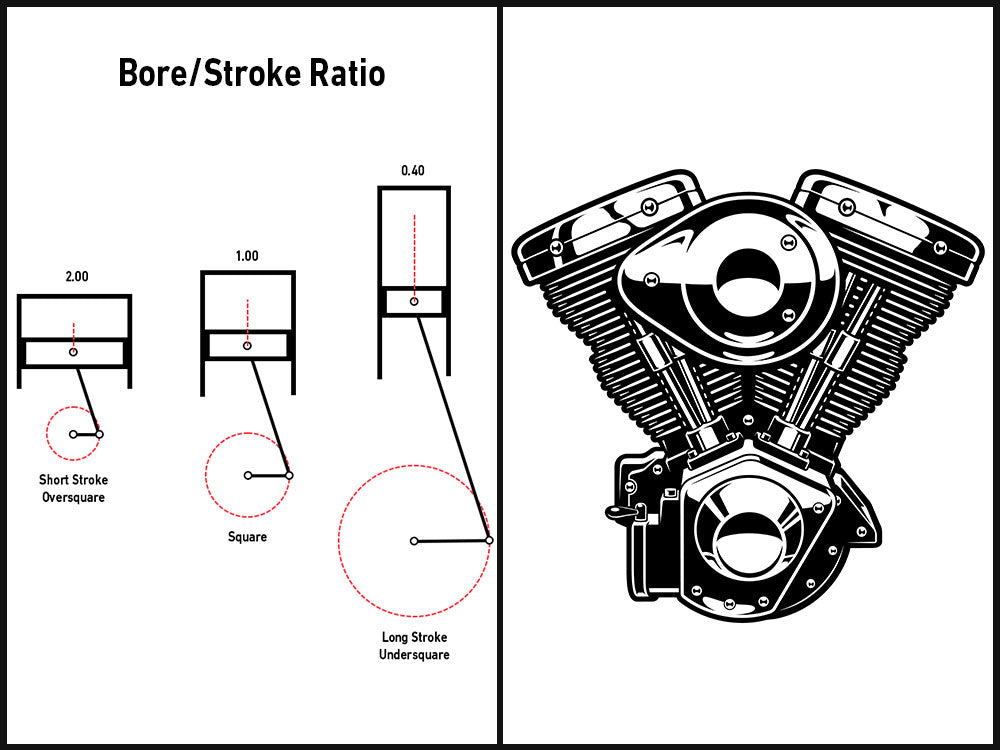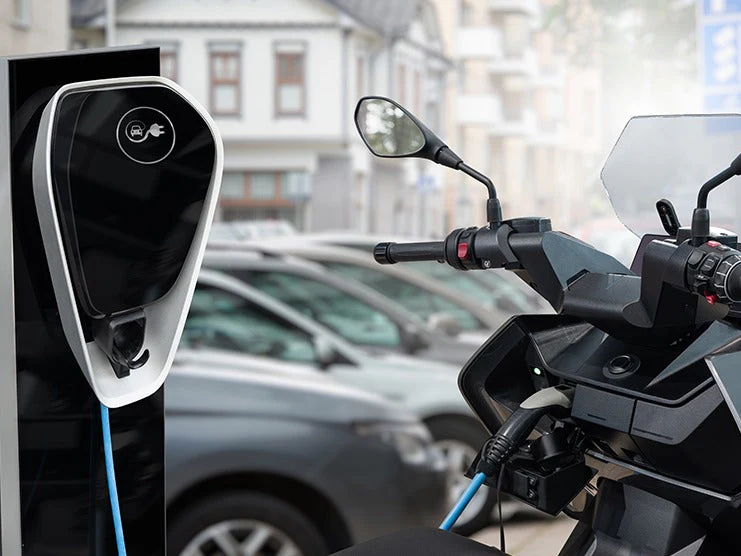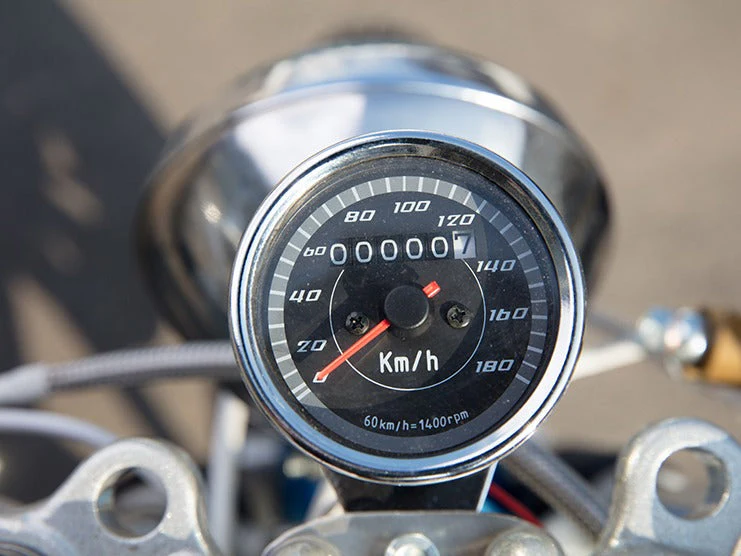Motorcycle engines can fall under one of these three categories:
- Oversquare Engine
- Undersquare Engine
- Square Engine
A square engine has a bore (diameter of the cylinder) roughly equal to the stroke (length of the piston's travel inside the cylinder), resulting in a 1:1 bore-to-stroke ratio. This can have an impact on the engine's power output. If the bore-to-stroke ratio is less than one, it is an undersquare engine; if it's more than one, it is an oversquare engine.
This article will discuss the differences between three types of engines: oversquare, undersquare, and square engines.
Table of Content

1. What are Bore and Stroke?
We need to properly understand the bore and stroke of an engine before getting into an over-square, undersquare, and square engine.
The engine’s cylinder is a circular hole made from a metal block, which determines its cubic capacity, volume, or displacement. The bore is the width (diameter) of the circular opening at the end and the stroke is the depth (length) of the hole.

2. Bore-to-Stroke Ratio

The structure of the engine’s cylinder inside a metal block varies in length and diameter between engine types. One can have a circular opening with a large diameter and less depth, or vice versa.
The stroke is the distance traveled by the piston from top to bottom within the engine cylinder. The bore is the diameter of the cylinder.
The bore-to-stroke ratio is the ratio between the length and diameter of the cylinder. To calculate the ratio, divide the bore by the stroke.
3. Oversquare Engine

Oversquare engines have a larger cylinder bore and a shorter stroke; they are also known as short-stroke engines. If the bore-to-stroke ratio is greater than one, that means the bore is greater than the stroke.
This engine design allows it to reach a higher rpm, making it suited for high-performance maneuvers. Oversquare engines tend to have a more responsive throttle and better high-end power but less low-end torque. The engine produces peak power higher than the rev range, which is great for high-revving sports bikes that accelerate quickly.
An oversquare engine’s pistons move less within the limited cubic capacity since it has a wider bore. These engines also experience reduced inertial stress, allowing for quicker valve timing. The larger bore has more space which allows better air intake and exhaust.
3.1 Advantages of Oversquare Engine
- Less load on bearings
- Less frictional loss
- Higher speed
- Reduces engine height by lowering the bonnet line
4. Undersquare Engine

Undersquare engines have a smaller bore and a longer stroke; they are also known as long-stroke engines. If the bore-to-stroke ratio is less than one, the stroke is larger than the bore.
This design provides a larger displacement, which can help produce more low-end torque. However, a longer stroke can limit the engine's rpm range, making it less suitable for high-performance maneuvers.
Since the piston has to travel a longer distance in a long-stroke engine, inertial stress is relatively higher.These engines cannot rev as high as undersquare engines, so the valve timing is relatively slow.
Even though a long-stroke engine produces less power, it still has its benefits. These engines are excellent for torquey, low-rev vehicles as they produce adequate torque at lower rpm. This engine type is best suited for large, heavy bikes, long tourers and cruisers, motorcycles that can carry heavy loads, and motorcycles with laid-back ergonomics.
4.1 Advantages of Undersquare Engines
- Produces more torque
- Best suited for heavy vehicles
- Higher compression ratio
- Higher thermal efficiency
5. Square Engine
Square engines have almost the same bore and stroke. If the bore-to-stroke ratio is exactly one, the stroke is equal to the bore.
This design offers a balance between high-end power and low-end torque. Square engines tend to be more versatile, making them a popular choice for various riding conditions.
A square engine allows the piston to move up and down in a square pattern instead of the usual circular pattern.
5.1 Advantages of Square Engines
- Increased surface area allows for more air intake and exhaust
- Creates fewer vibrations and extends the engine’s lifespan.
- Excellent for engines that use diesel, since diesel fuel has a higher octane rating than gasoline and can survive the compression required for a square engine.
6. Last Words
Oversquare engines have a wider cylinder and produce high rpm and power output. Undersquare engines have longer cylinders and produce low rpm and more torque. Square engines have equal bore and stroke and offer a balance between power and torque across a wider rpm range. There are a variety of aftermarket parts available at Viking Bags, including sissy bars, fairings, seats, crash bars, luggage racks, and luggage options containing saddlebags, sissy bar bags, tank bags, swing arm bags, and backpacks.













Leave a comment
All comments are moderated before being published.
This site is protected by hCaptcha and the hCaptcha Privacy Policy and Terms of Service apply.